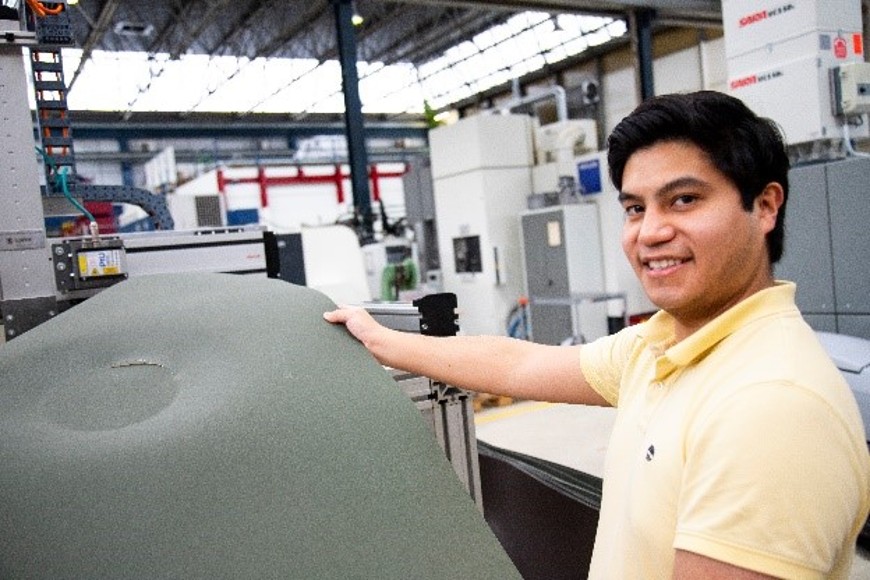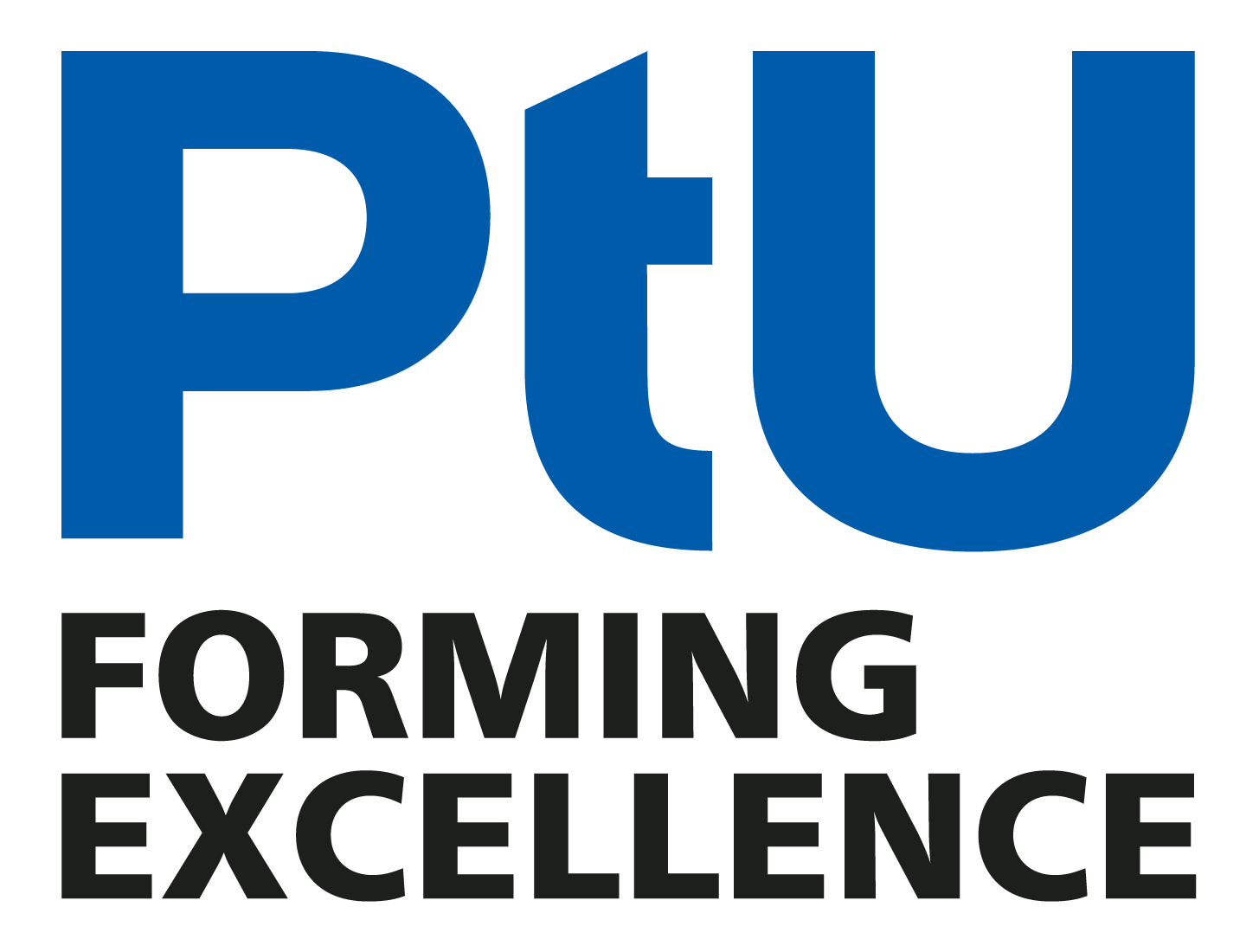Sustainable materials advance the field of forming technology
2021/09/21
Diego Ignacio Miranda Silva, participant of the excellence program “Forming Your Future”, introduces himself and his future topic

While concluding my undergraduate studies in mechanical engineering by writing an bachelor thesis at the Institute for Production Engineering and Forming Machines (PtU), I was made aware of the existence of the Excellence Program by my advisor. In writing the thesis, I was able to experience research work first-hand for the first time, and I immediately felt drawn to it. The possibility to do research in the form of an own research topic captivated my attention, and ultimately, made the decision to apply for the program fairly easy. The Excellence Program opens students the possibility, not only to deepen their research skills, but also to learn new skill-sets and to establish contact networks in the industry and academic areas. Furthermore, very flexible working hours make the Program an excellent choice to accompany one’s studies, without impediments.
As a part of the Excellence Program, my research topic is sustainability, specifically sustainability through the increase of product quality and minimizing factory’s production rejects. The demand for new processes and novel processing of materials, which seek to replace the widespread application of plastics, has seen the usage of “classical” sheet-metal forming processes for the forming of materials such as vulcanized fiber. Vulcanized fiber is a cellulose-based material, which has a wide field of applica-tion, ranging from substrates, support materials and products for the packaging industry. Through single point incremental forming of vulcanized fiber, very high quality surfaces can be achieved, in comparison to geometrically similar paper-based pulp-formed workpieces. Considering these aspects, I pursue to develop a model-predictive control of a forming process for vulcanized fiber, thus reducing the spring-back behavior and geometrical variance that arise due to the material’s mechanical properties.


